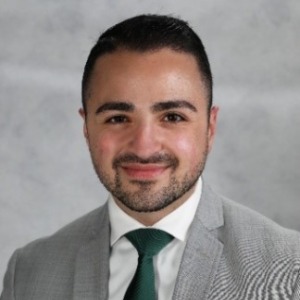Orbital and Eyelid Disorders
Precision in diagnosis and therapy is paramount when managing orbital and eyelid disorders, which range from congenital deformities to trauma-related injuries and tumors. These conditions not only affect vision but also facial symmetry, tear production, and eyelid functionality. Advances in imaging techniques, particularly high-resolution MRI and CT, have significantly improved the accuracy of preoperative planning. Minimally invasive surgical approaches, including endoscopic orbital decompression and eyelid repositioning, are reducing recovery times and improving aesthetic outcomes. Collaboration between oculoplastic surgeons and neuro-ophthalmologists is essential in cases involving optic nerve compression or complex motility disorders. Recent developments in implant materials and soft tissue fillers offer both reconstructive and cosmetic solutions. Whether restoring function or enhancing appearance, effective management of orbital and eyelid pathology requires a careful blend of surgical skill and anatomical expertise.

Anna Maria Bassi
University of Genoa, Italy
Tim Jackson
King’s College London, United Kingdom
Shadrokh Nabili
University Hospitals of Morecambe Bay NHS Foundation Trust, United Kingdom
Rafael Hamawi
Brooke Army Medical Center, United States
Shayaan Kaleem
University of Toronto, Canada
Arrane Selvamogan
Leicestershire Partnership NHS Trust, United Kingdom



Title : Rare and interesting case of Goldenhar’s syndrome in a 3 years old male child
Gowhar Ahmad, Florence Hospital Srinagar, India
Title : Management of common vitreoretinal lesions: An overview and update
Tim Jackson, King’s College London, United Kingdom
Title : Targeting immunological pathways in Behcets uveitis
Hashim Butt, Bolton Royal Hospital, United Kingdom
Title : Evaluating the quality and readability of AI chatbot responses to frequently asked questions on basal cell carcinoma: Implications for patient education and digital health communication
Arrane Selvamogan, Leicestershire Partnership NHS Trust, United Kingdom
Title : Optimizing astigmatism management in refractive cataract surgery
Shadrokh Nabili, University Hospitals of Morecambe Bay NHS Foundation Trust, United Kingdom
Title : Blood sugar measurement in acute anterior uveitis a life saving link
Shie Wei Chan, Manchester Royal Eye Hospital, United Kingdom